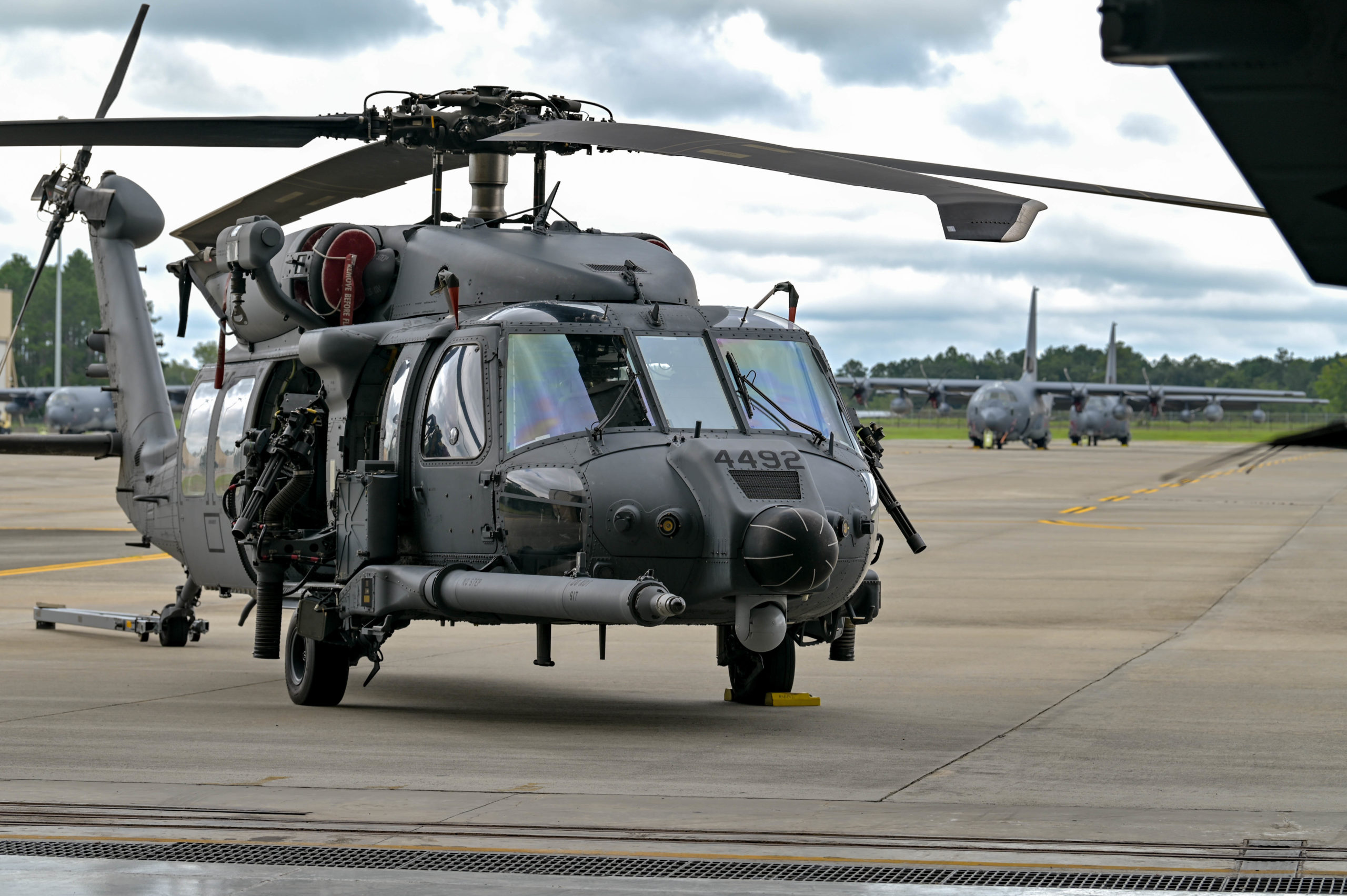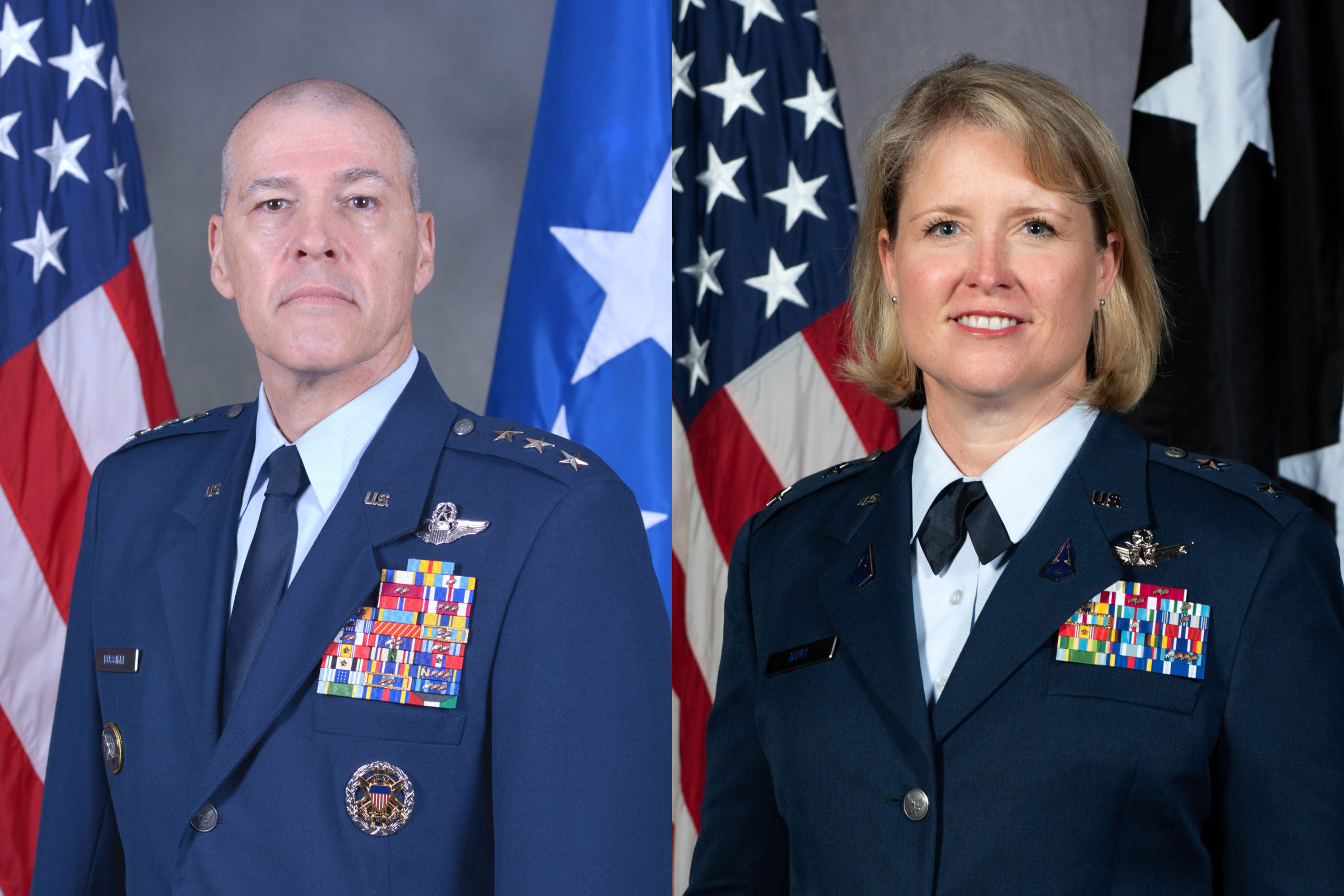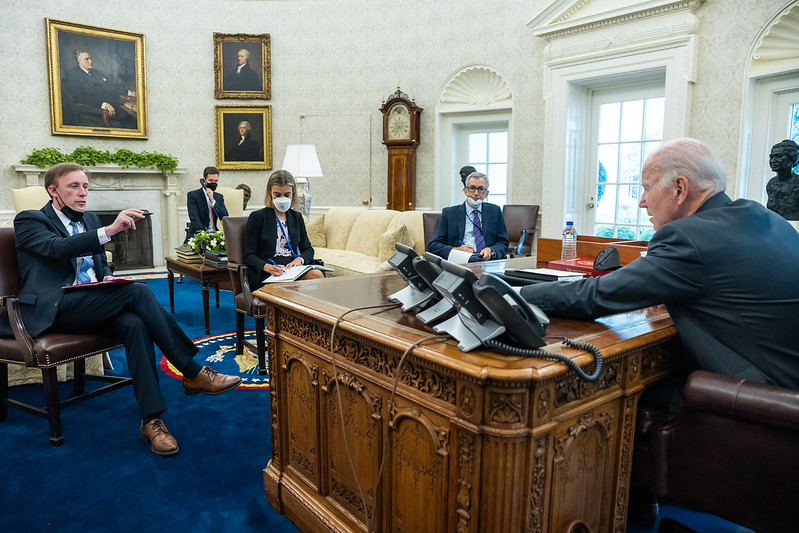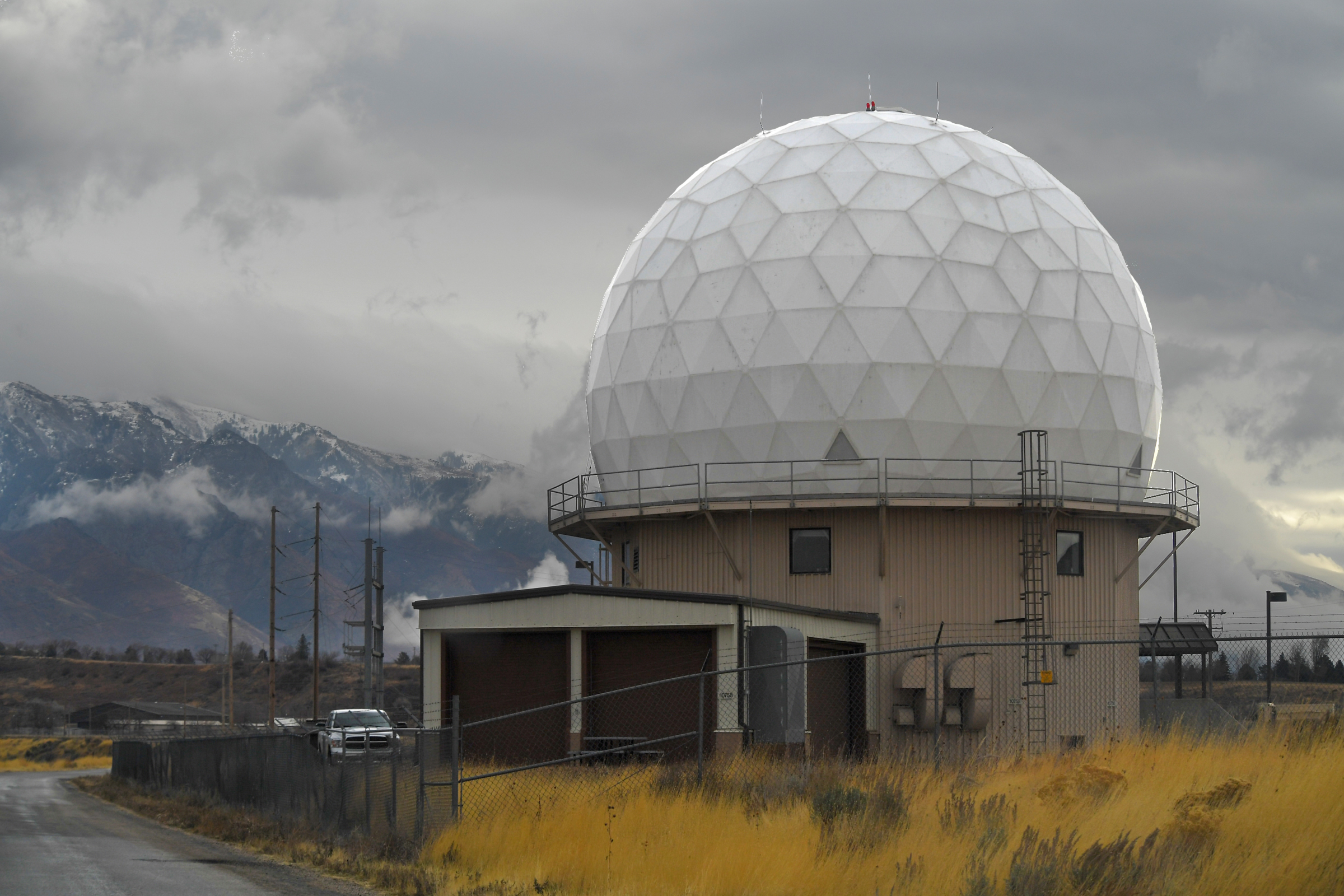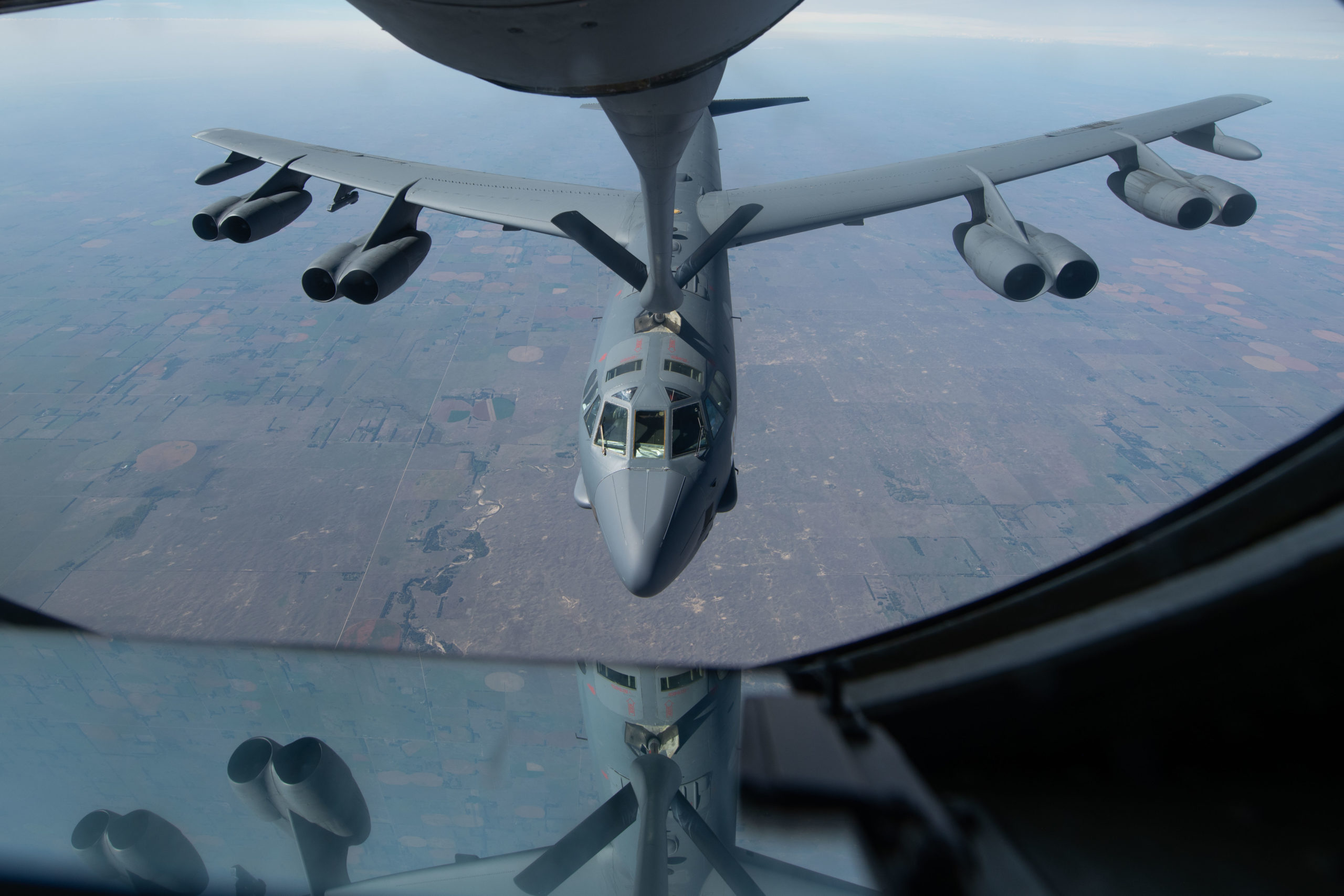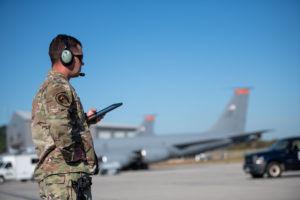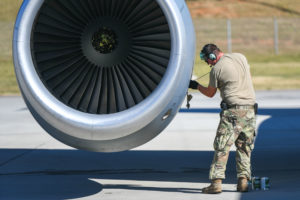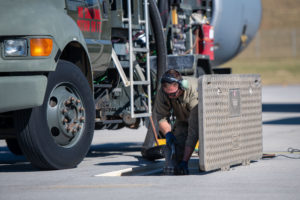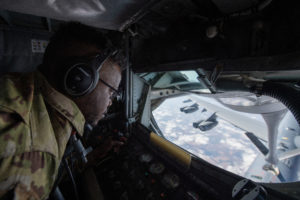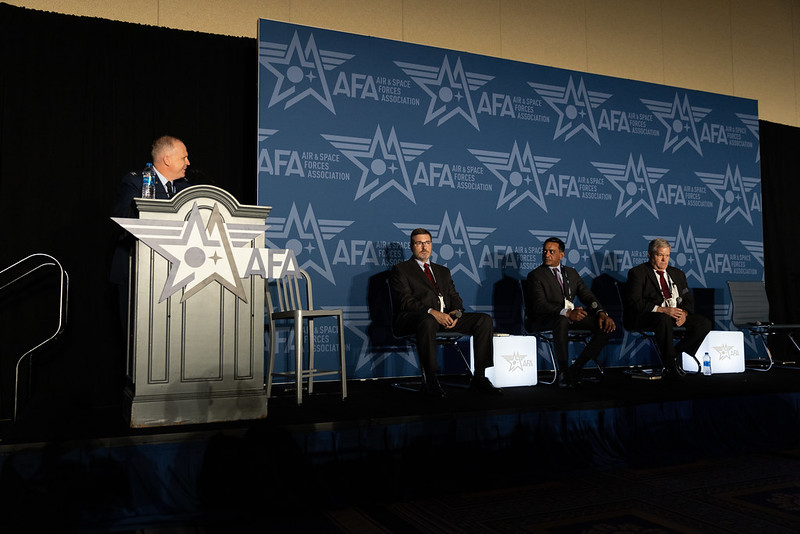Air Combat Command said its new HH-60W Jolly Green II has achieved initial operational capability, a key milestone for the new combat search and rescue helicopter.
Achieving IOC means the Air Force now has the Airmen, equipment, and logistics in place to deploy a package of four HH-60Ws to any independent location for up to 30 days.
“It’s an exciting day for combat rescue as we bring a new platform and its upgraded capabilities into operation,” said Maj. Gen. David Lyons, director of operations at ACC, in the release. “Current and future combat environments require us to maneuver further and faster than ever before, and the capabilities provided by the Jolly Green II supports the platform’s viability for our Air Force Personnel Recovery core function for as long as possible.”
Sikorsky has delivered 24 HH-60Ws thus far, with dozens more aircraft still to come. The 23rd Wing at Moody Air Force Base, Ga., and the 58th Special Operations Wing at Kirtland Air Force Base, N.M., both have the helicopter, which completed testing at Duke Field, Fla., and Nellis Air Force Base, Nev.
The HH-60W had its first operational deployment from Moody on Sept. 23, to provide rescue services in support of contingency operations. A 23rd Wing spokesperson could not immediately confirm where the helicopters deployed.
“This declaration is a vote of confidence from U.S. Air Force leadership and demonstrates the critical role of and need for the HH-60W,” Nathalie Previte, vice president of Sikorsky Army & Air Force Systems, said in a statement. “Sikorsky is committed to continuing deliveries of the Department of Defense’s only dedicated combat search and rescue (CSAR) helicopter and to provide the most capable platform to rescue crews who depend on this aircraft day-in and day-out to conduct vital life-saving missions.”
ACC said in February in a release that it anticipated full operational capability by now. The Air Force’s 2023 budget request sought to reduce its HH-60W purchase plans from the originally planned 113 to 75. Both the Senate Appropriations Committee and the Senate Armed Services Committee have balked at that plan, with each asking the Air Force to report back on on the future of CSAR in their respective defense bills.
The Jolly Green II is an upgrade over the HH-60G Pave Hawk, which the Air Force has flown since the 1980s. The new helicopter has more range and is more survivable, and it features advanced avionics and other benefits. It is one of two new helicopters the Air Force is bringing into service, with the MH-139 Grey Wolf having recently entered utility testing after a yearlong delay.
